Paper
“Real-time biochemical assessment and decompression of lymph may contribute to the understanding of heart failure and eventually result in preventive measures.“
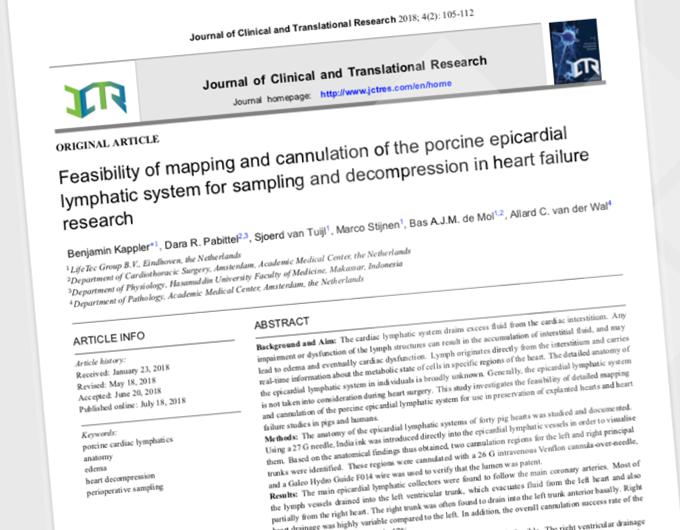
Keywords
Porcine cardiac lymphatics | Anatomy | Edema | Heart decompression | Perioperative sampling
Authors & Author affiliation
Benjamin Kappler, Dara R. Pabittei, Sjoerd van Tuijl, Marco Stijnen, Bas A.J.M. de Mol, Allard C. van der Wal
Author affiliation:
1 LifeTec Group B.V., Eindhoven, The Netherlands
2 Academic Medical Center, Department of Cardiothoracic Surgery, Amsterdam, The Netherlands
3 Hasanuddin University Faculty of Medicine, Department of Physiology, Makassar, Indonesia
4 Academic Medical Center, Department of Pathology, Amsterdam, The Netherlands
Corresponding author
Benjamin Kappler
LifeTec Group B.V., 10-11, Kennedyplein, 5611 ZS Eindhoven, The Netherlands
Tel: +31 40 298 9393
Email: b.kappler@lifetecgroup.com
Handling editor:
Michal Heger
Department of Experimental Surgery, Academic Medical Center, University of Amsterdam, Amsterdam, the Netherlands
Aim of this study:
Investigation of endocardial, myocardial, and pericardial lymphatics as well aslymphatics of the valves.
The role of the cardiac lymphatics in arterial fibrillation and cardiac surgery.
(CITING THE ABSTRACT) INTRODUCTION:
“Real-time biochemical assessment and decompression of lymph may contribute to the understanding of heart failure and eventually result in preventive measures.“
(CITING THE ABSTRACT) BACKGROUND AND AIM:
"The cardiac lymphatic system drains excess fluid from the cardiac interstitium. Any impairment or dysfunction of the lymph structures can result in the accumulation of interstitial fluid, and may lead to edema and eventually cardiac dysfunction.
Lymph originates directly from the interstitium and carries real-time information about the metabolic state of cells in specific regions of the heart. The detailed anatomy of the epicardial lymphatic system in individuals is broadly unknown. Generally, the epicardial lymphatic system is not taken into consideration during heart surgery.
This study investigates the feasibility of detailed mapping and cannulation of the porcine epicardial lymphatic system for use in preservation of explanted hearts and heart failure studies in pigs and humans"
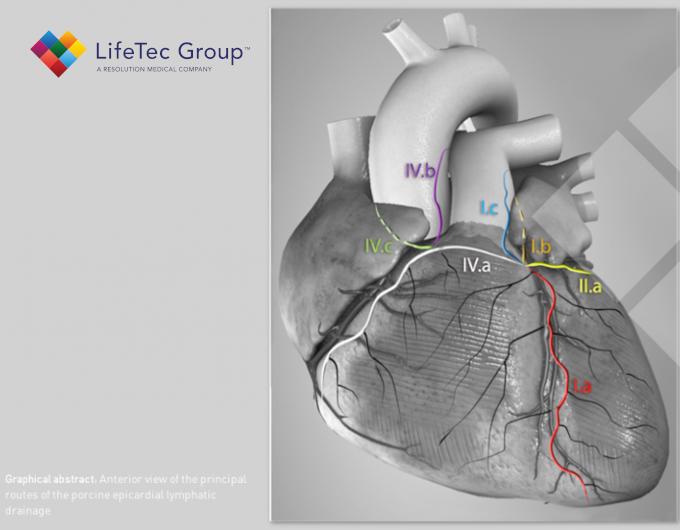
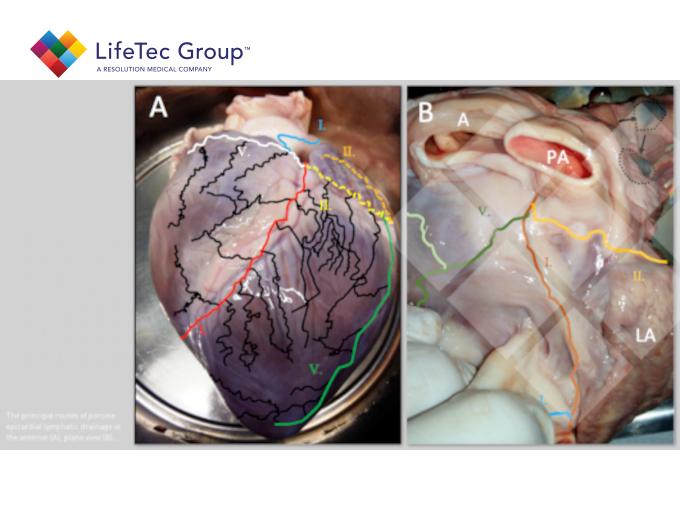
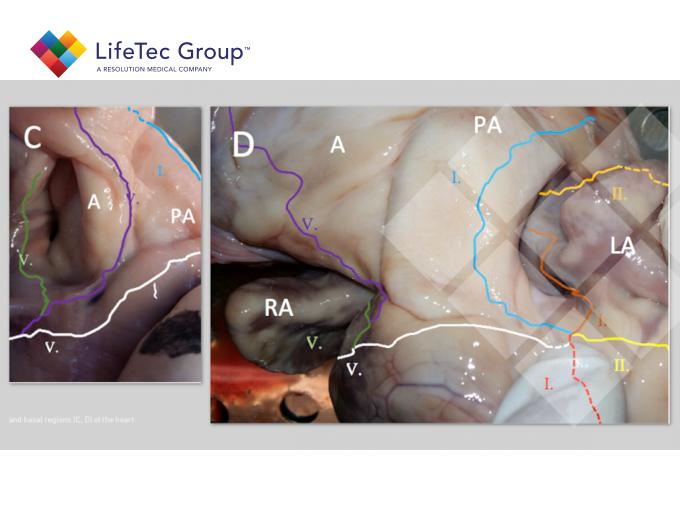
(CITING THE ABSTRACT) METHODS:
"The anatomy of the epicardial lymphatic systems of forty pig hearts was studied and documented.
Using a 27 G needle, India ink was introduced directly into the epicardial lymphatic vessels in order to visualise them (see pictures above). Based on the anatomical findings thus obtained, two cannulation regions for the left and right principal trunks were identified. These regions were cannulated with a 26 G intravenous Venflon cannula-over-needle, and a Galeo Hydro Guide F014 wire was used to verify that the lumen was patent."
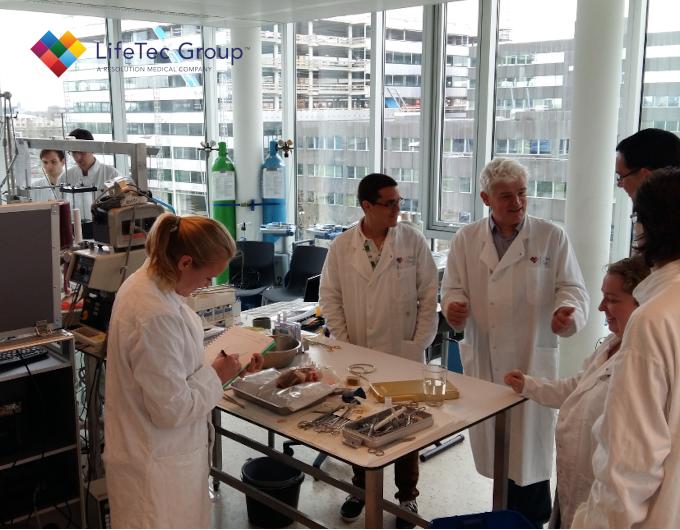
(CITING THE ABSTRACT) RESULTS:
"The main epicardial lymphatic collectors were found to follow the main coronary arteries. Most of the lymph vessels drained into the left ventricular trunk, which evacuates fluid from the left heart and also partially from the right heart. The right trunk was often found to drain into the left trunk anterior basally. Right heart drainage was highly variable compared to the left. In addition, the overall cannulation success rate of the selected cannulation sites was only 57%."
(CITING THE ABSTRACT) CONCLUSIONS:
"Mapping of the porcine epicardial lymphatic anatomy is feasible.
The right ventricular drainage system had a higher degree of variability than the left, and the right cardiac lymph system was found to be partially cleared through the left lymphatic trunk.
To improve cannulation success rate, we proposed two sites for cannulation based on these findings and the use of Venflon cannulas (26 G) for cannulation and lymph collection. This method might be helpful for future studies that focus on biochemical sample analysis and decompression."
(CITING THE ABSTRACT) RELEVANCE FOR PATIENTS:
"Real-time biochemical assessment and decompression of lymph may contribute to the understanding of heart failure and eventually result in preventive measures. First its relevance should be established by additional research in both arrested and working porcine hearts. Imaging and mapping of the epicardial lymphatics may enable sampling and drainage and contribute to the prevention or treatment of heart failure.
"We envision that this approach may be considered in patients with a high risk of postoperative left and right heart failure during open-heart surgery."
Source:
Journal of Clinical and Translational Research
Download journal publication:
This project has received funding from the European Union’s Horizon 2020 research and innovation program under the Marie Sklodowska Curie grant agreement No 642612.
- COLOFON
Marie Sklodowska Curie grant agreement No 642612
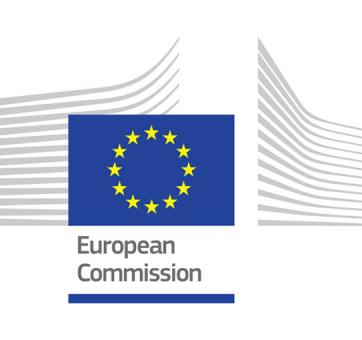
Interested in more about what we do at LifeTec Group? Contact us!
Call at +31 40 2989393 Or e-mail us
